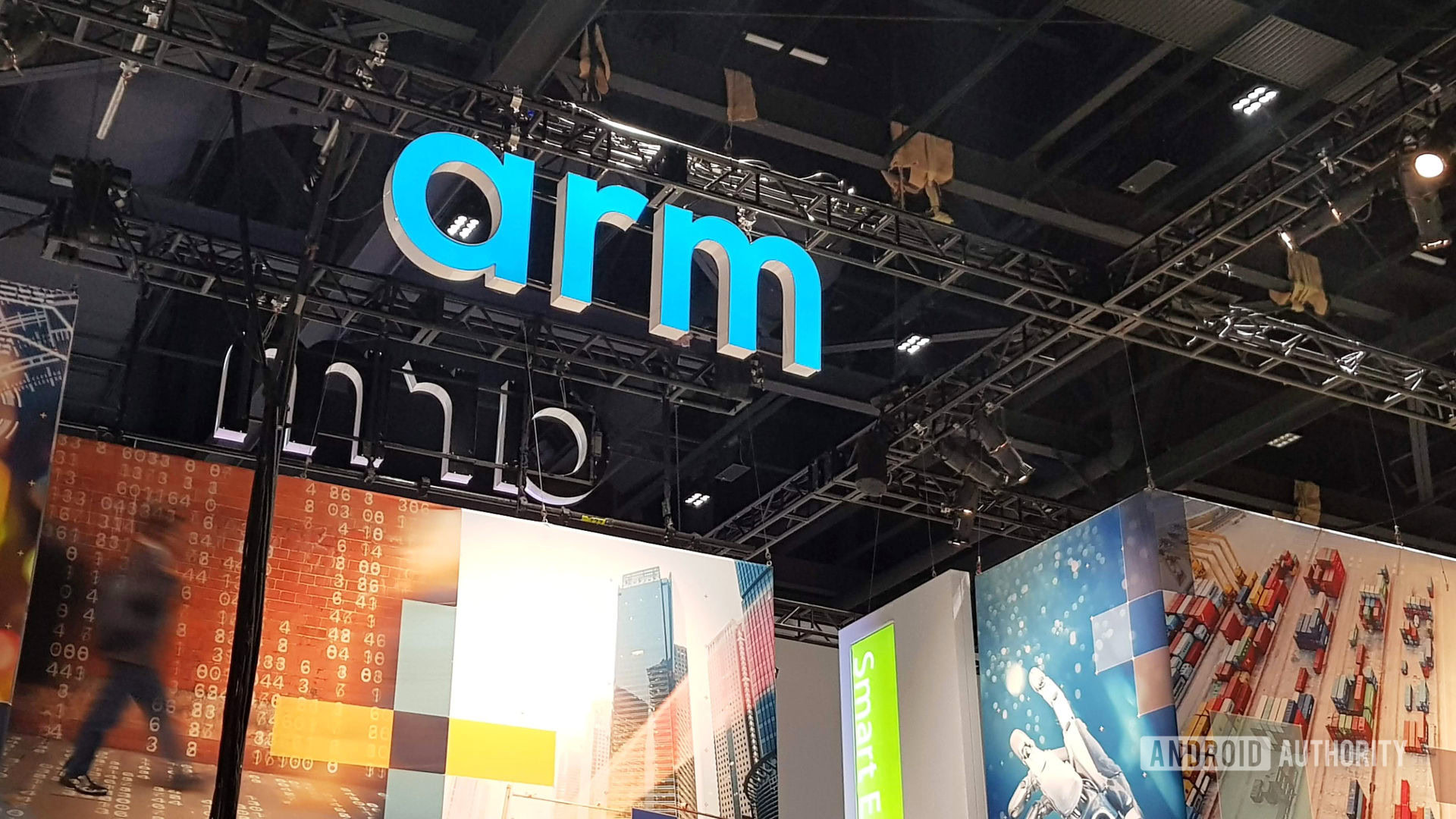Affiliate links on Android Authority may earn us a commission. Learn more.
The Daily Authority: 📱 A 64-bit-only 2023?

🌞 Good morning! Long-time newsletter proofreader, first-time writer here. We moved into a new apartment earlier this month, but I already had a review unit accidentally delivered to the old location. Thank goodness I’m on a first-name basis with the courier guy.
Arm’s new CPUs and GPUs suggest an interesting 2023
Chip design kingpin Arm announced its 2023 CPU and GPU designs yesterday. This is important because everyone from Qualcomm and Samsung to MediaTek and smaller Chinese players use Arm’s silicon designs in their processors to varying degrees. The latest announcements point to a potential shake-up in 2023:
- Arm announced two new CPUs (big and medium cores) along with a slightly upgraded version of its current-generation little CPU core. All three are 64-bit-only designs out-of-the-box.
- In saying so, the little core can be configured with optional 32-bit support if needed. By contrast, the medium core used in 2022 flagship processors offered 32-bit support by default.
- Arm is clearly pushing for a 64-bit-only future on Android, having announced this intention back in 2020, but we could theoretically see 64-bit-only phones in 2023. The company clearly wants to encourage this direction if it’s making 32-bit support an option rather than the default.
- Other ecosystem players have also been pushing in this direction. For example, the Play Store requires all apps to have 64-bit support. We’ve also seen a Xiaomi/Oppo/vivo app store alliance announcing this requirement in China.
- There’s at least one major benefit to a 64-bit-only future. Chip designers like Arm can drop the silicon needed to support 32-bit operations. This freed-up space can either be used to make a smaller, more efficient chip or to beef things up in general.
- For what it’s worth, Apple already transitioned to a 64-bit-only iPhone ecosystem back in 2017. One issue was that old games without a 64-bit update no longer worked. Expect the same problem for old 32-bit Android apps, especially those you’ve sideloaded from other sources.
- Still, we are now in a position where we could theoretically see 64-bit-only Android phones in 2023. These will likely be restricted to flagships though.
Mobile ray-tracing to go large?
- Arm also announced a new GPU family, with the Immortalis G715 being the most interesting and powerful silicon.
- Aside from a claimed 15% performance gain and 15% efficiency boost, the new GPU offers hardware-accelerated ray tracing on mobile. For the uninitiated, ray tracing is a graphical technique used to deliver better lighting effects, shadows, and reflections. Check out a ray-tracing demo here, albeit on a powerful PC with NVIDIA RTX graphics.
- Arm says its take on ray tracing is 300% faster than software-based ray tracing. That’s not a surprise by any measure. It’s a bit like a graphics card maker saying its latest card delivers gaming performance that’s much better than a game running on the CPU alone.
- What is interesting, however, is the company saying the tech requires 4% of the shader core area. In other words, it’s a tiny hardware addition in terms of silicon space.
Temper your expectations
- Samsung already beat Arm to the punch with the Exynos 2200 chipset earlier this year, though. The processor, which powers Galaxy S22 series phones in Europe, indeed offers hardware-enabled ray tracing support via its AMD GPU.
- But Arm’s support is still a big deal given the company’s positioning as a neutral player. So any company wanting to make a chipset with hardware-enabled ray tracing can do so. We expect MediaTek to use this GPU as it’s been the only chipmaker to use Arm’s latest flagship GPUs in recent years.
- Does this mean that we’ll finally see more ray-tracing-capable phones in 2023? Almost certainly.
- And does this mean that we’ll get games with support for the tech next year? We wouldn’t bet on it just yet.
- MediaTek and Samsung only count for a relatively small slice of the premium Android phone pie. The major player in this regard is Qualcomm. So we can’t see many mobile developers hopping on the ray-tracing bandwagon if the Snapdragon 8 Gen 2 lacks this feature. And you can surely bet on impressive adoption if Apple ever supports it on its iPhones.
Roundup
📱 Arm Cortex-X3 and Cortex-A715 CPU deep-dive show that faster and more efficient CPU designs are on the way (Android Authority).
🕹 The Arm Immortalis G715 deep dive gives us the technical lowdown on Arm’s ambitious GPU (Android Authority).
🍎 Apple exec gets nasty, says Samsung ‘ripped off our technology’ (Android Authority).
📺 Which streaming service is the best value for money?: A pretty great breakdown here that accounts for critical reception, content library, and more (Self).
▶ YouTube Premium launches referral program to get up to 12 free months: Every person that signs up with your referral code nets you a free month, capped at 12 people (9to5Google).
⚠ A wide range of routers are under attack by new, unusually sophisticated malware, suggesting a state-backed effort (Ars Technica).
🖱 Sony targets PC gamers with new hardware brand, Inzone: Expect two 27-inch gaming monitors and three pairs of headphones (Washington Post).
⌚ The Pixel Watch might support iPhone connections after all (Android Authority).
💻 FBI says people are using deepfakes to apply for remote jobs: Still a better way to cheat than lip-syncing during a Skype interview (Gizmodo).
📷 The Xiaomi 12S Ultra has a $15m 1-inch camera sensor (Android Authority).
🤳 FCC commissioner wants Apple and Google to remove TikTok from their app stores, citing the app’s data practices (CNBC).
✈ A new report by Iceland Air has compiled a list of the best cities in the world for a holiday and remote work (Iceland Air).
💵 What can a dollar get you in your country? (r/askreddit).
Weirdness Wednesday
Drunk driving is obviously a serious offense in most countries, but there was a time when it wasn’t actually illegal. A 1967 clip unearthed by Digg sees several drunk drivers interviewed before it became illegal. It all makes for crazy watching today.
Have a great day!
Hadlee Simons, Editor.
